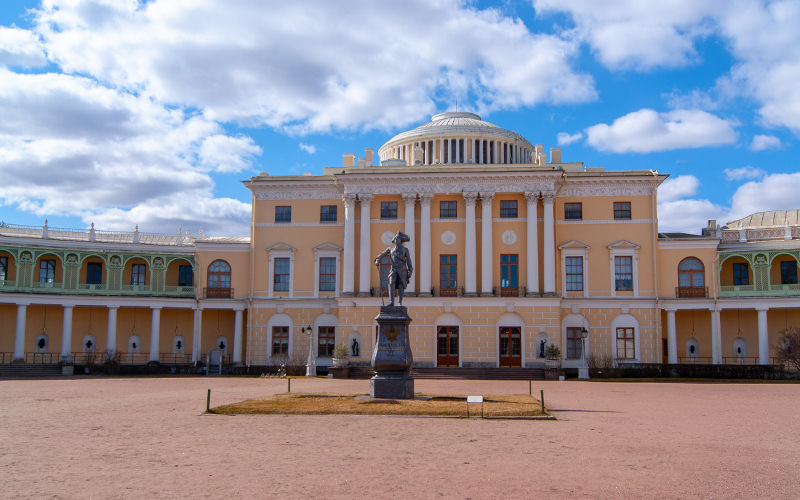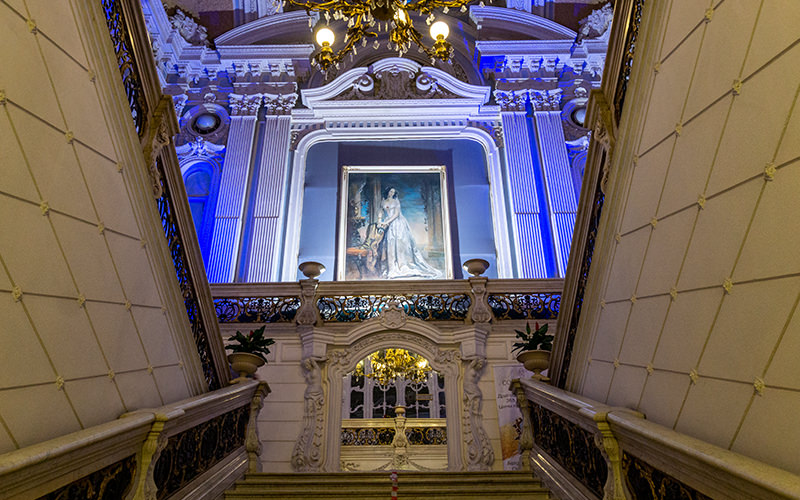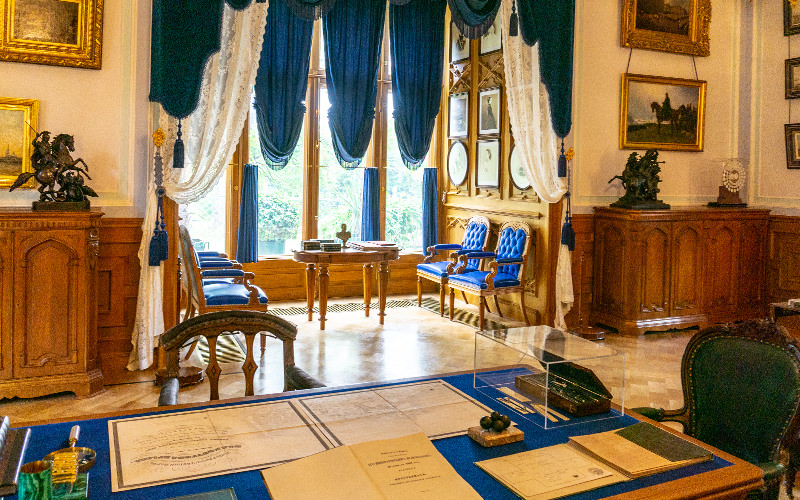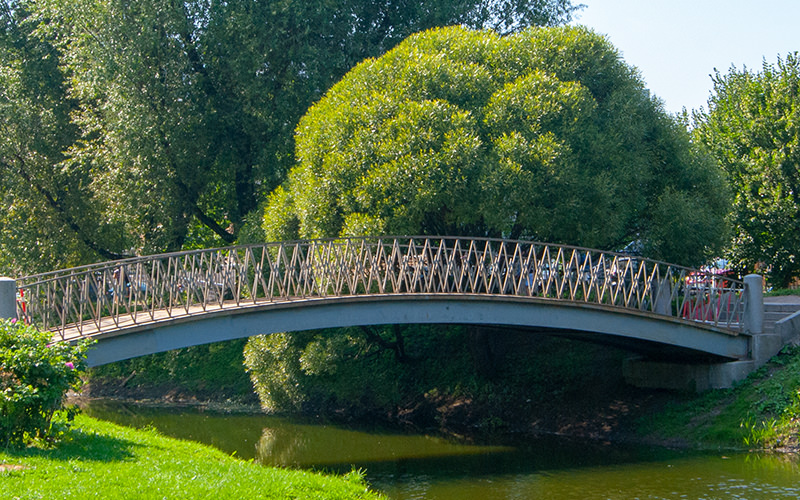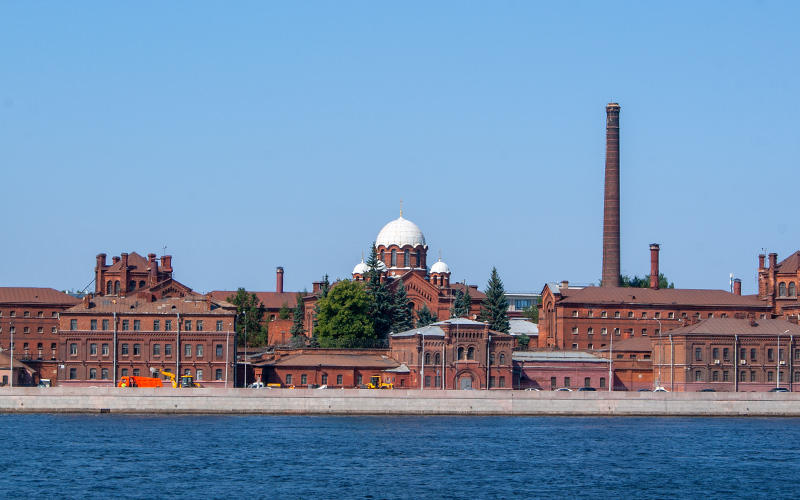One of the least popular palaces among tourists in Saint Petersburg is the Tauride Palace on Shpalernaya Street. In my opinion, this is due both to the building's location, far from the city's main sightseeing routes, and the fact that visits to the palace are only allowed at specific times and by prior arrangement. Nevertheless, it is definitely worth a visit, as behind its modest classical facade lies one of the most interesting palace interiors in our city.
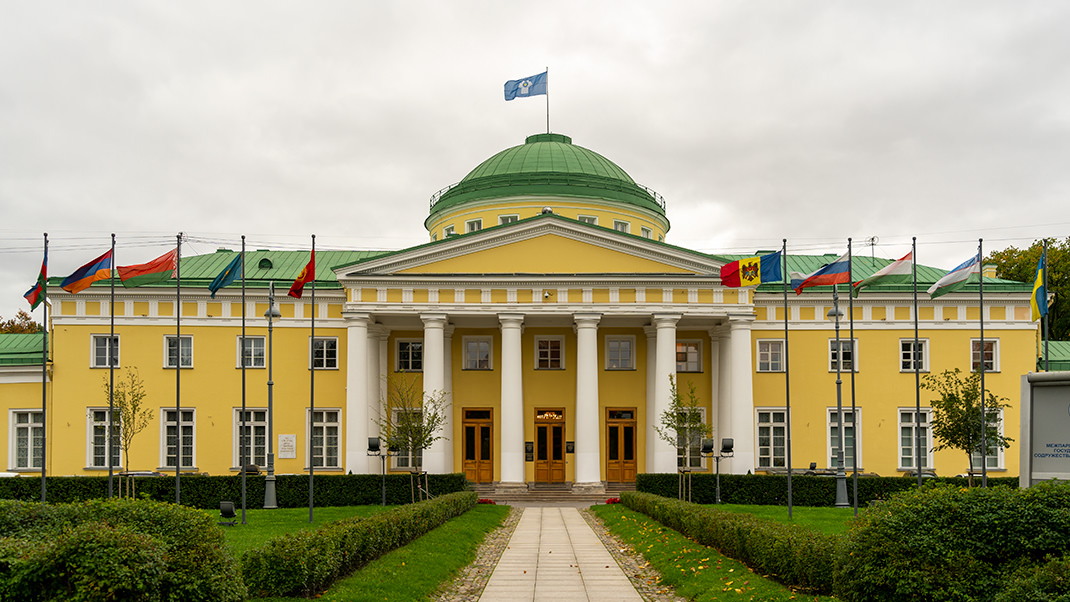
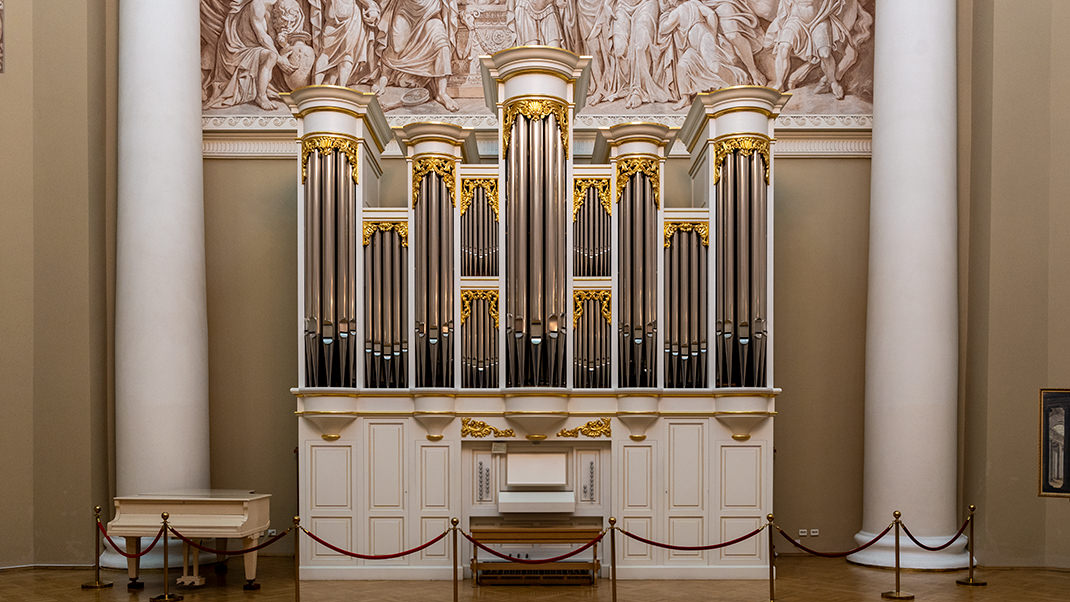
How to Get There by Metro
Travelers who enjoy long walks around the city will appreciate the walking route from the nearest metro station, "Chernyshovskaya," which takes about 20 minutes. Along the way, you can stroll through the Tauride Garden and admire the beautiful architecture of the Liteiny district.
If you're not ready for long walks, you can use public transportation, as there are several stops nearby. The address of the palace is Shpalernaya Street, 47.
I visited the palace with a group from the "Open City" project. The organizers offer free tours of many of Saint Petersburg's palaces, mansions, and other notable landmarks.
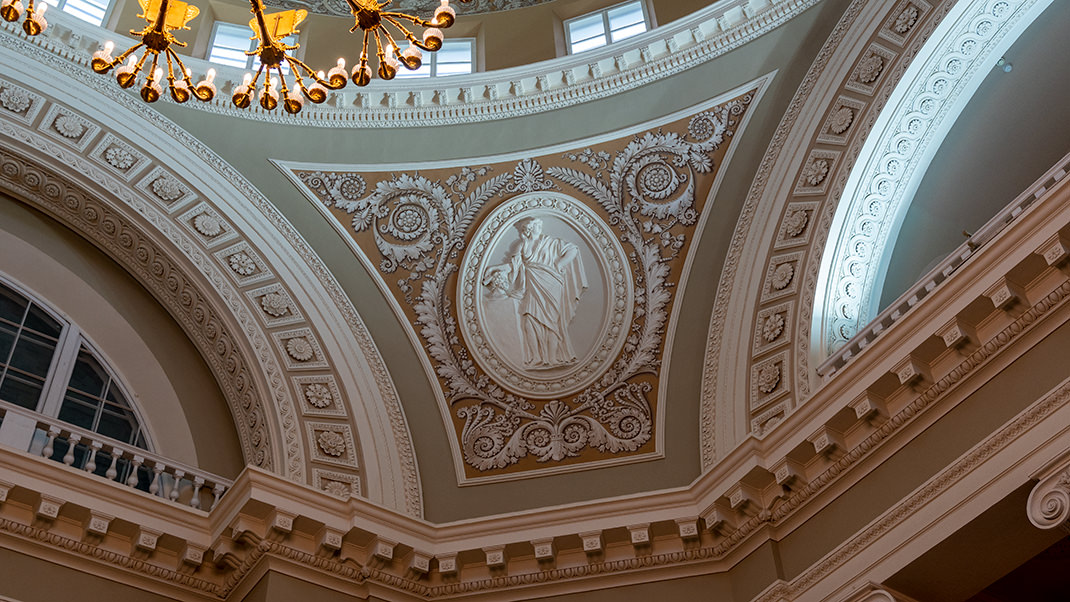
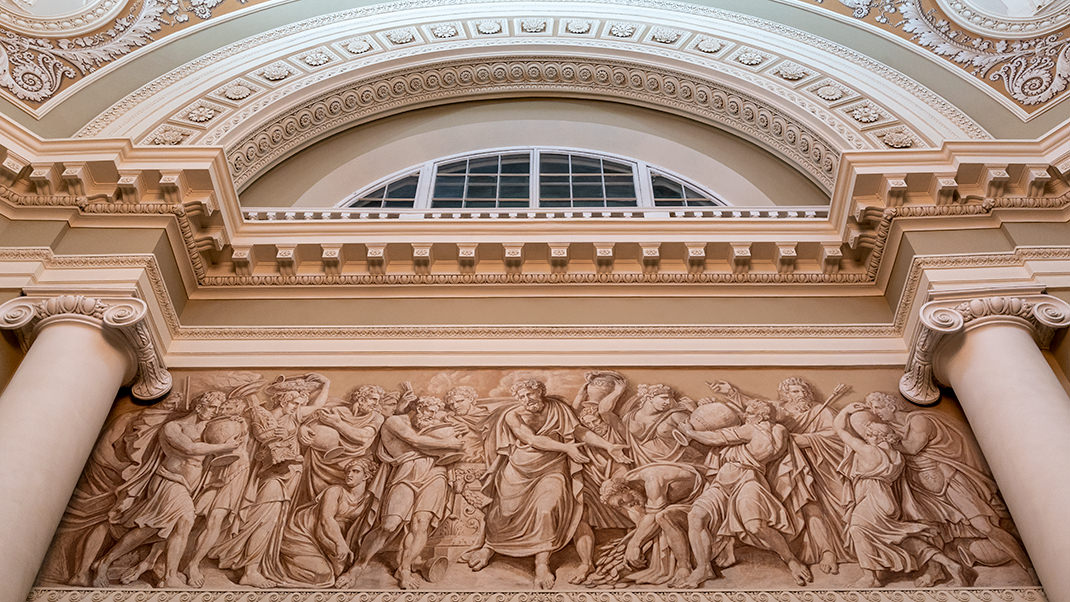
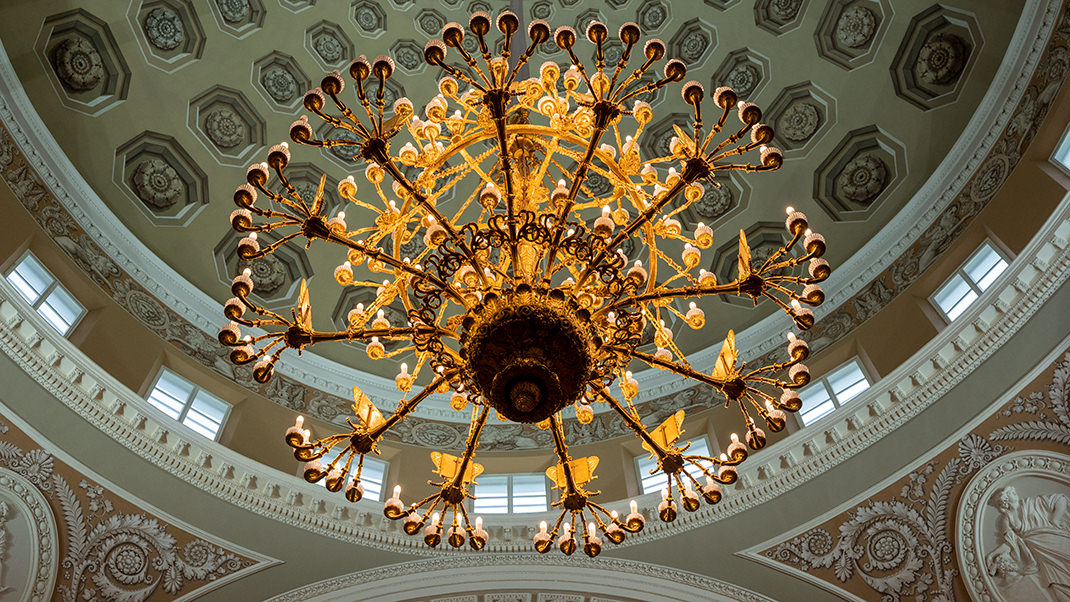
A Bit of History
The Tauride Palace was built between 1783 and 1789 according to a design by architect Ivan Yegorovich Starov. The master worked on the construction of the Trinity Cathedral at the Alexander Nevsky Lavra, renovated the Anichkov Palace, and built estates in the suburbs of Saint Petersburg. The finishing work in the palace continued for several years after its completion.
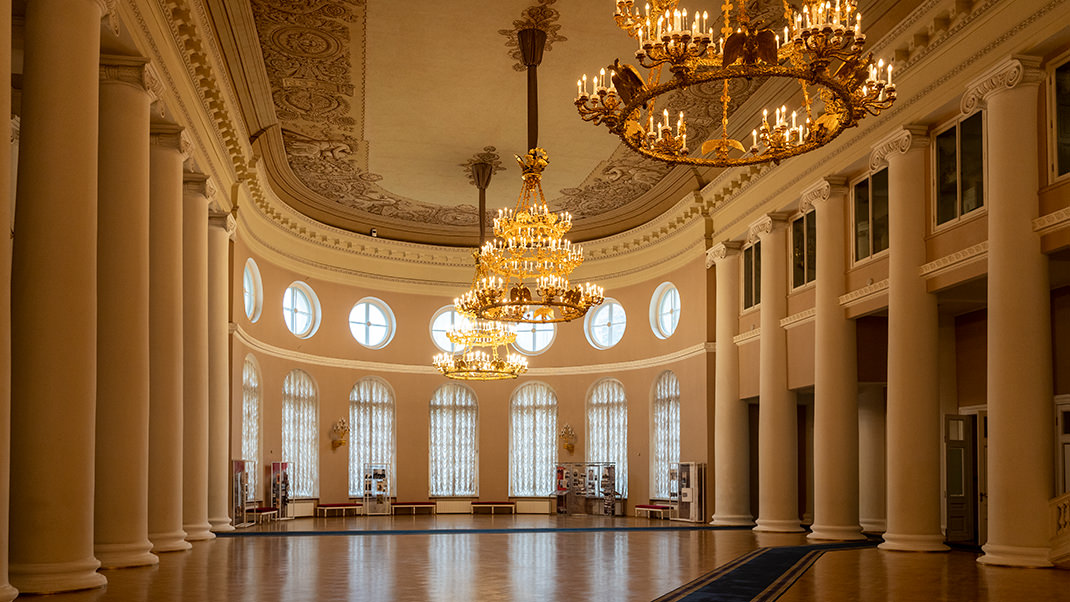


The palace, along with the garden adjacent to it, was named after its first owner, Grigory Alexandrovich Potemkin-Tavrichesky. A favorite of Empress Catherine II, who is considered to have secretly married him, he received the surname "Tavrichesky" for his role in the annexation of Crimea to Russia. In ancient times, the territory was known as Taurida.
I have encountered two versions of why the Tauride Palace was built: the first and most widespread suggests that the residence was constructed for Potemkin by order of Catherine II. The second version claims that the prince built the building at his own expense, intending to later sell it to the Horse Guards Regiment.
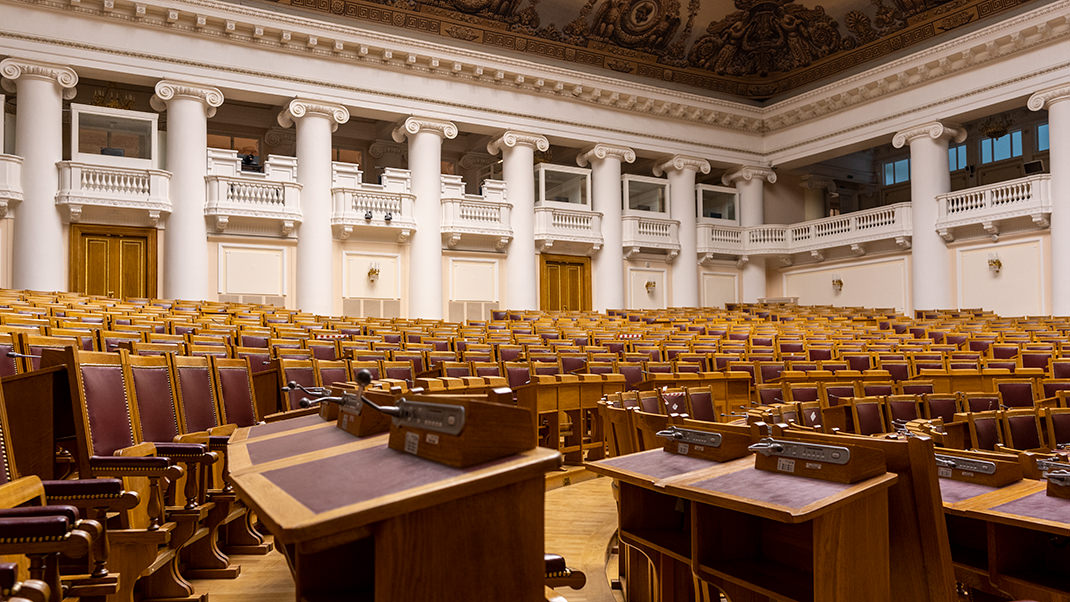
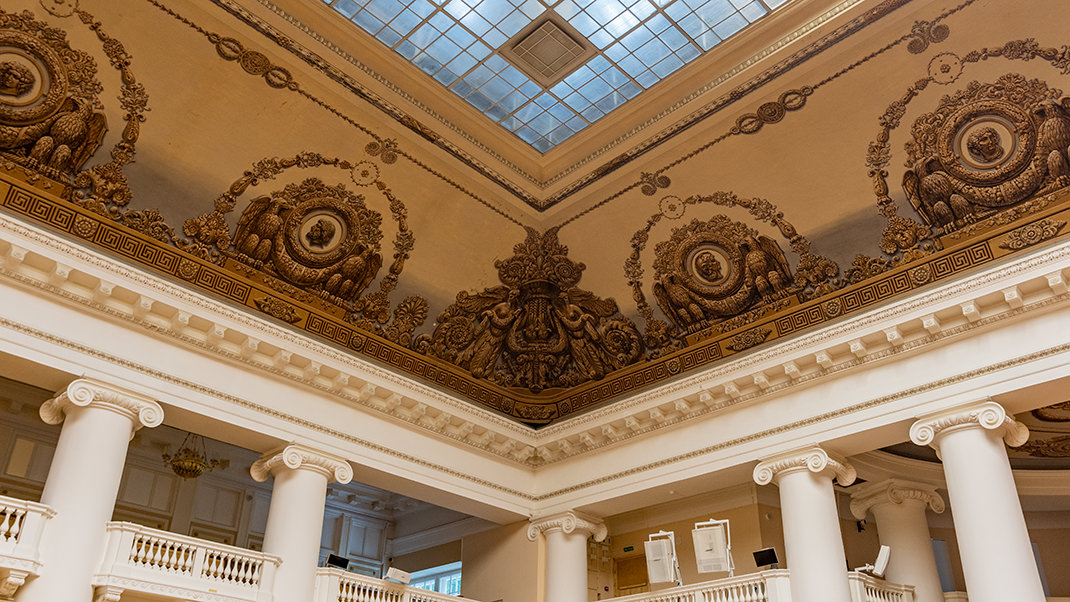

After Potemkin's death, the building was transferred to the treasury, and the empress decided to make it a summer residence. At this time, the palace was renovated according to the project of architect F. I. Volkoff. The side wings and the layout of the building were altered.
Under the next ruler, Paul I, the palace was converted into a barracks. During the reign of Alexander I, the building, which had fallen into disrepair, was restored. This time, the reconstruction was overseen by Luigi Rusca.
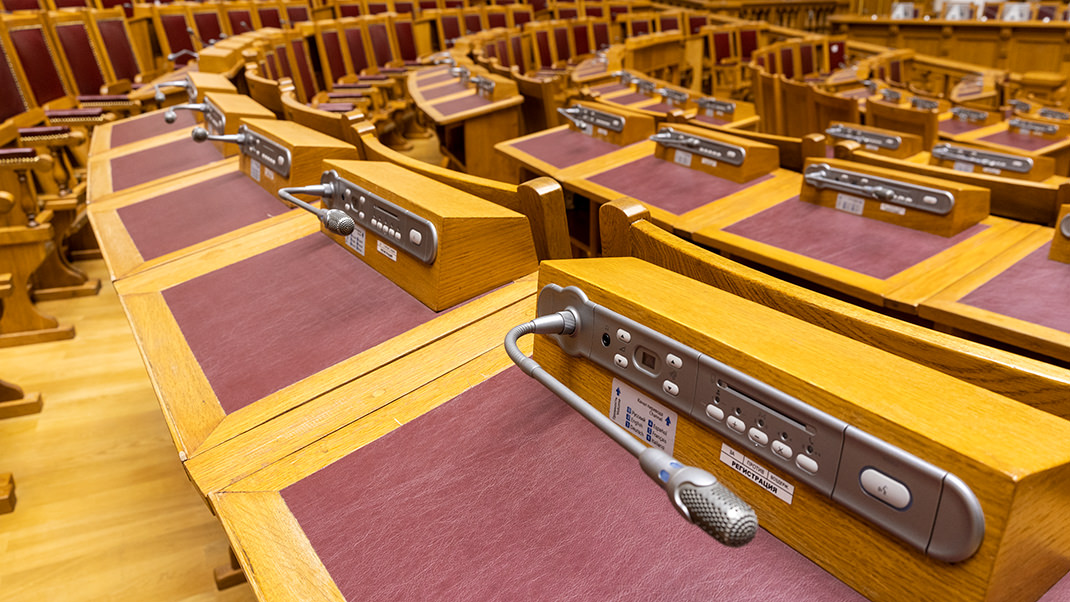
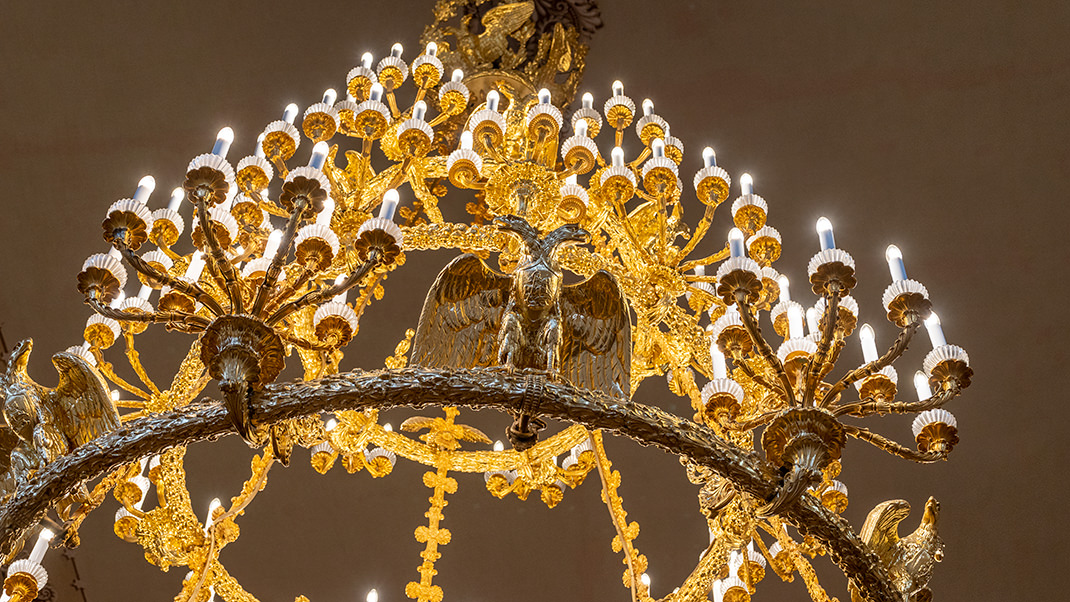
The palace's grand halls deserve special mention. The most recognizable of them is the magnificent Column Hall (Catherine's Hall, White Column Hall). The room stretches almost 75 meters, and according to the guide who conducts tours of the building, it is the largest ceremonial interior in our city. Right after this hall was the Winter Garden, whose windows faced the Tauride Garden. The latter was reconstructed in the early 20th century for the needs of the State Duma, which settled in the former residence. The Winter Garden then became the meeting hall, or the Duma Hall.
During the Soviet period, the rooms were allocated to the Higher Party School, and since the early 1990s, the building has housed the Interparliamentary Assembly of the States of the Commonwealth of Independent States (CIS).

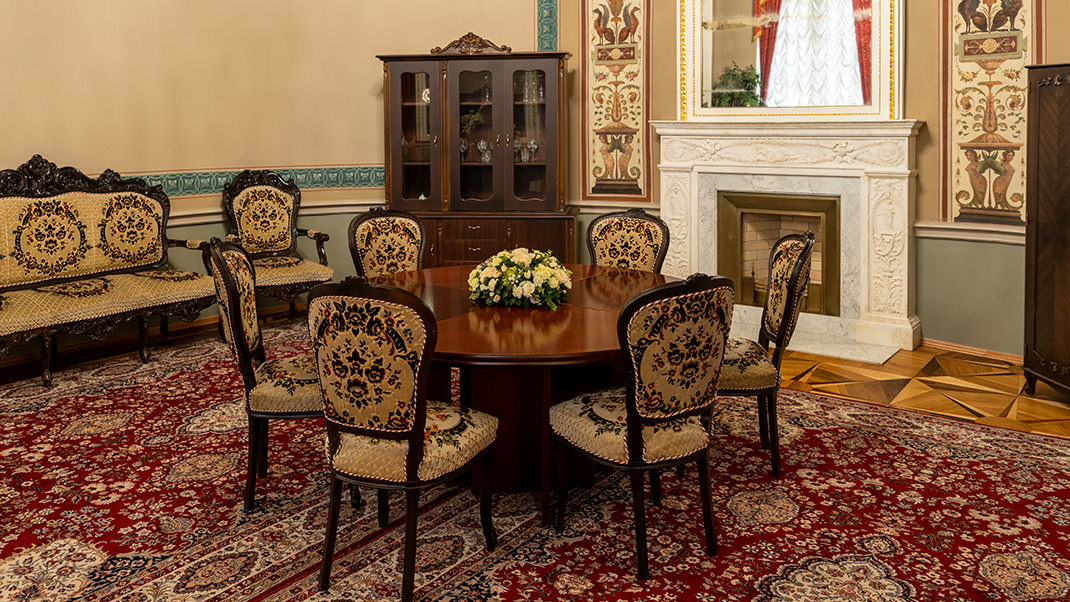
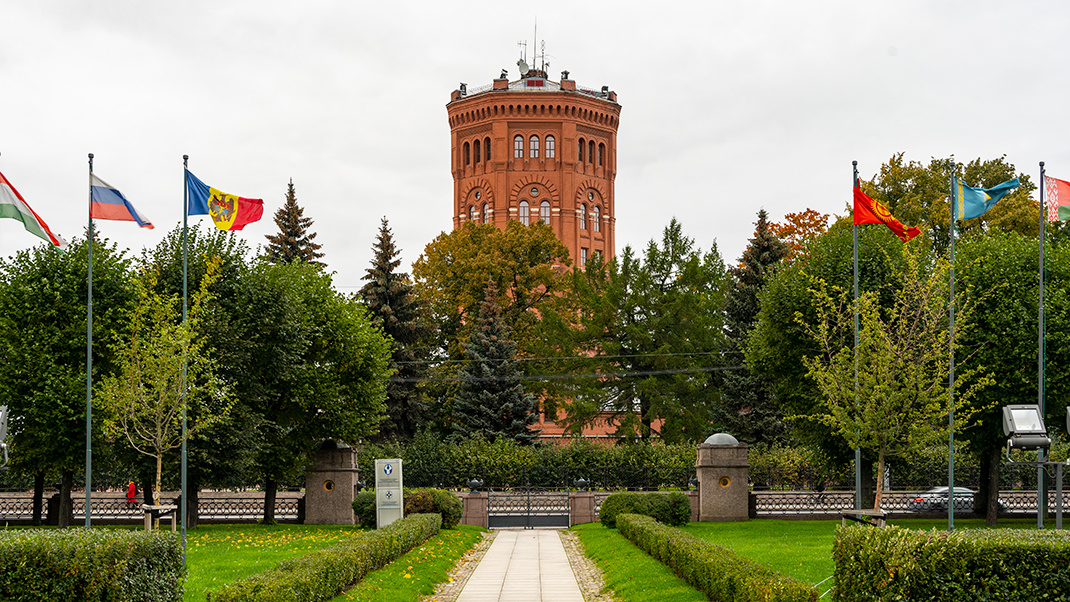
Articles about other palaces and mansions of beautiful Saint Petersburg can be found here.
Have a nice trip!


